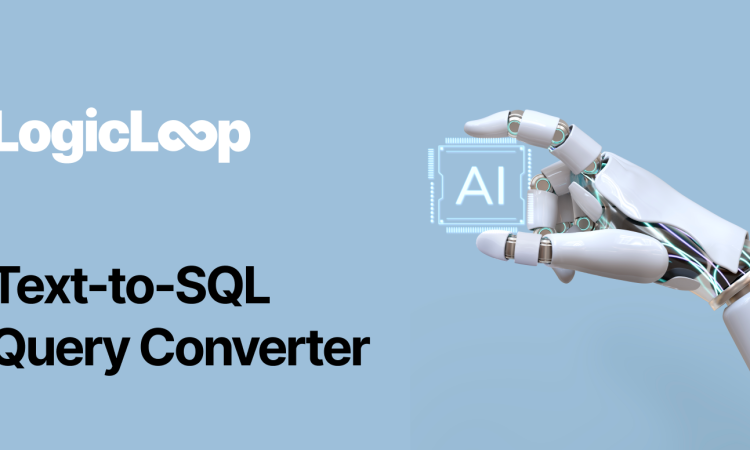
In the modern era, databases serve not only as storage for data but also as containers for implementing data processing logic through stored procedures, functions, triggers, and views. The migration of databases from SQL Server or Azure SQL to PostgreSQL has gained popularity recently, along with the need to convert SQL code. Although the syntax of these two database management systems (DBMS) is quite similar, there are numerous differences that make conversion a challenging task and may require dedicated SQL converter to simplify and automate the job.
To ensure a smooth and secure migration of database logic from MS SQL or Azure SQL to PostgreSQL, it is advisable to begin by modeling the conversion of basic SQL syntax constructions. However, it is important to note that a formal conversion of atomic SQL patterns and their combinations may not be sufficient for complex source code. Attention must be directed towards ensuring equivalent functionality of the source and destination database logic units, in order to avoid semantic errors during the SQL conversion process.
One notable difference in syntax is that SQL Server allows local variables to be declared anywhere in the source code, whereas PostgreSQL requires them to be declared at the beginning of stored procedures and functions. Another significant challenge when converting SQL code from MS SQL or Azure SQL to PostgreSQL is the dynamic determination of result sets returned by stored functions or procedures, which is permissible in the source DBMS but prohibited in the target system.
Another aspect of database logic that demands careful consideration for accurate SQL code conversion is triggers. In MS SQL and Azure SQL, the source code of a trigger is incorporated within the CREATE TRIGGER statement. In contrast, PostgreSQL necessitates the trigger’s body to be organized as a separate function, with the CREATE TRIGGER command referencing it. Here is the typical structure of a PostgreSQL trigger:
CREATE FUNCTION trigger_function_name() RETURNS trigger AS $$
BEGIN
— Trigger logic here
RETURN NEW;
END;
$$ LANGUAGE plpgsql;
CREATE TRIGGER trigger_name
[BEFORE/AFTER] [INSERT/UPDATE/DELETE]
ON table_name
FOR EACH [ROW/STATEMENT]
EXECUTE FUNCTION trigger_function_name();
Please note that “trigger_function_name” should be replaced with an appropriate name for the trigger function, “trigger_name” should be replaced with the desired name for the trigger, and “table_name” should be substituted with the relevant table name. The [BEFORE/AFTER], [INSERT/UPDATE/DELETE], and FOR EACH [ROW/STATEMENT] sections can be adjusted according to the specific requirements of the trigger.
In order to streamline the conversion of stored procedures, functions, triggers, and views from MS SQL or Azure SQL to PostgreSQL, it is advisable to employ a dedicated SQL converter. This product alleviates the intricacies involved in the overall conversion process by partially automating the translation of syntax for the various elements of the database logic from the source DBMS to the target system. By utilizing such a tool, significant time and resources can be saved that would otherwise be expended in manual conversion efforts.
Capabilities of the SQL Converter:
- Stored procedures, functions, triggers, and views are converted
- More than 80% ofSQL syntax constructions are supported
- Service functions are converted into PostgreSQL equivalents
- SQL Server types are mapped to PostgreSQL in the most intelligent way
When direct connection to the MS SQL database is not available, SQL converter can processstored procedures, functions, triggers, and viewsfrom T-SQL scripts.
Nevertheless, it is crucial to acknowledge that despite the availability of advanced SQL converter, there are certain intricate patterns that may not have a straightforward equivalent in the target SQL syntax. These patterns, such as pivot tables, recursive queries, and full-text search, necessitate manual post-processing. When migrating SQL code from MS SQL to PostgreSQL, these patterns require special consideration. Hence, it is imperative for database developers and other responsible individuals to possess comprehensive programming skills in both database management systems. They must diligently address each semantic difference between SQL Server and PostgreSQL syntax patterns. In all other cases SQL converter can essentially decrease time and efforts when converting stored procedures, functions, triggers and views between two DBMS.




